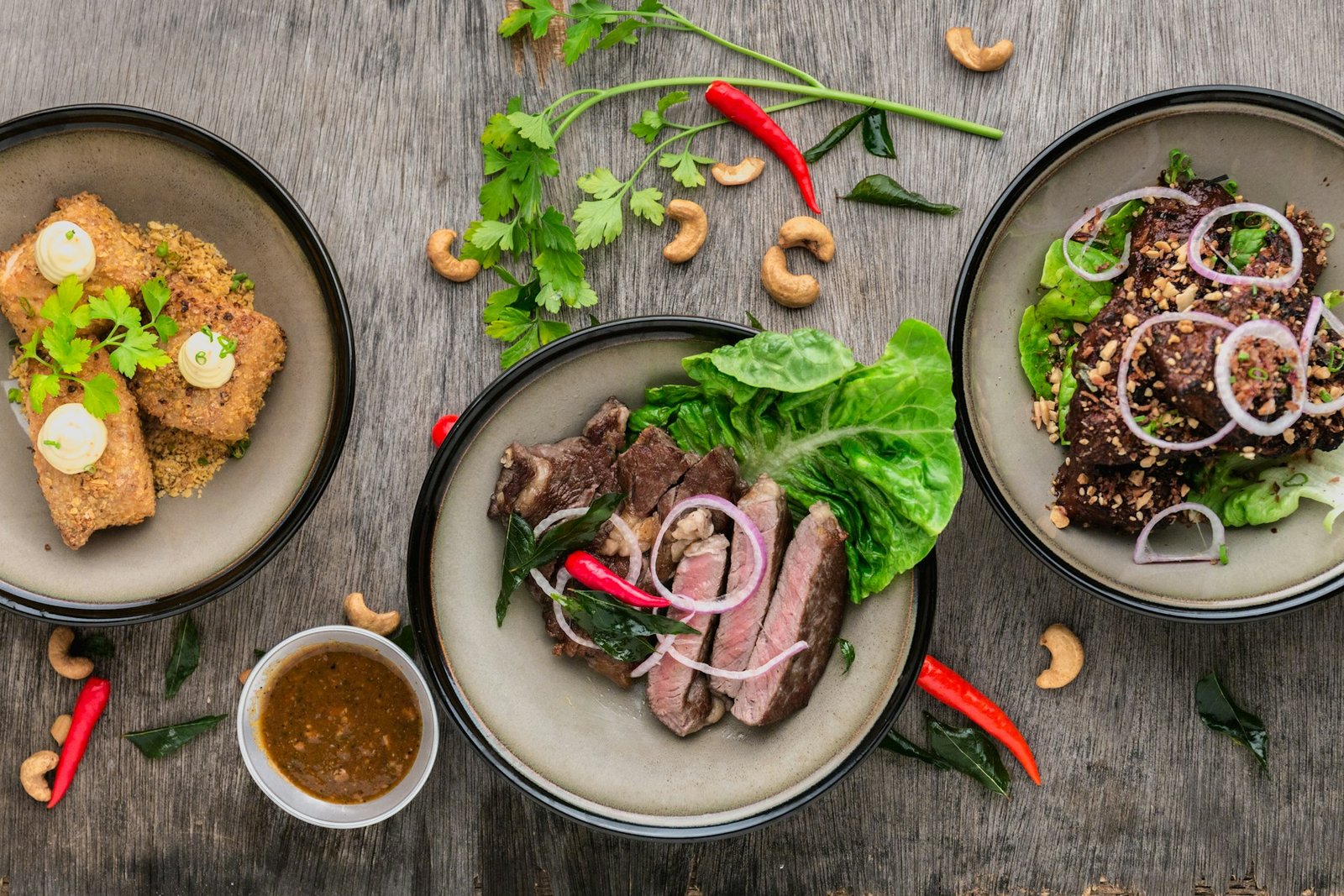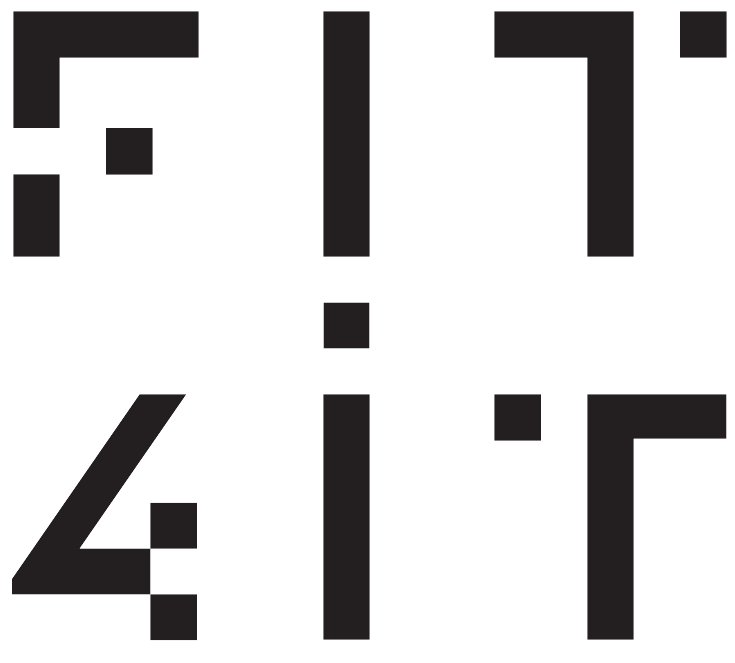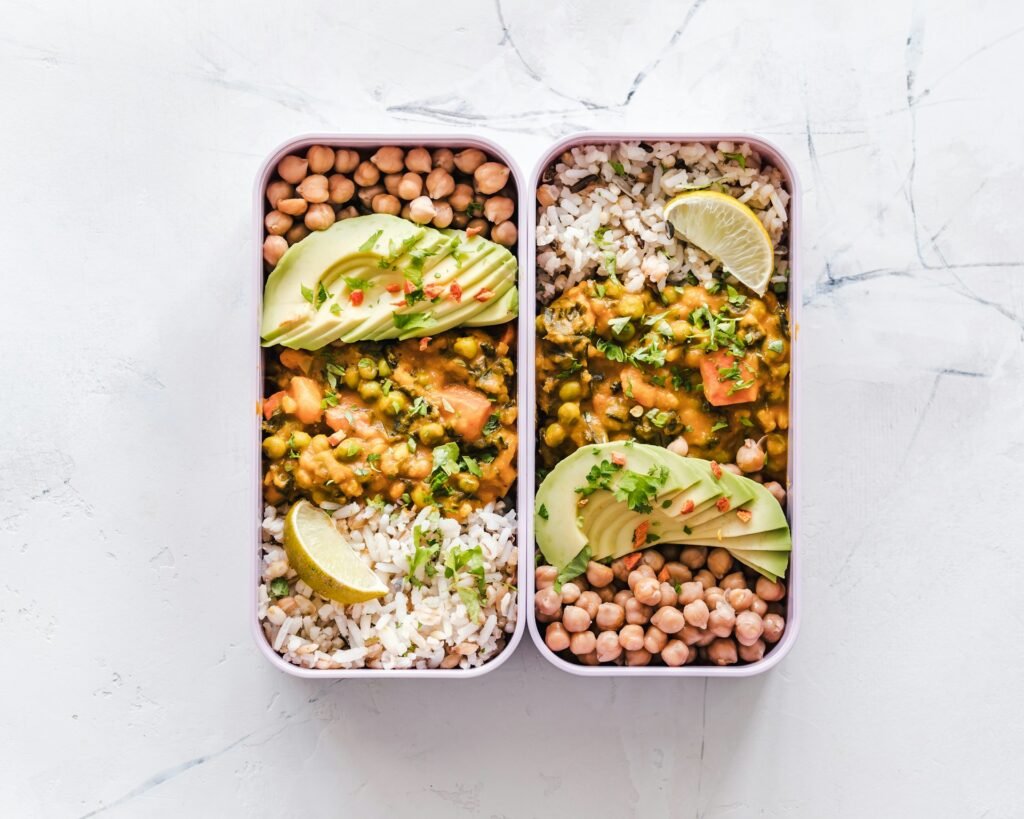Let’s be honest: most of us are juggling more than we can handle. Long workdays, back-to-back meetings, family responsibilities, and trying to eat right somewhere in between. It’s no wonder energy dips, bloating, and stubborn weight creep up out of nowhere.
At FIT4IT, we’ve seen that you don’t always need a dramatic diet overhaul. Sometimes, all it takes is one simple shift, like meal sequencing. It’s not restrictive. It’s not complicated. But it works like a charm. This little-known strategy can help you reduce bloating, balance your blood sugar, feel lighter, and lose fat, just by reordering how you eat your meals.

Meal sequencing is a simple method of eating foods in a specific order to improve digestion and energy.
What Is Meal Sequencing?
Meal sequencing means eating different types of food in a specific order: vegetables first, then protein, then healthy fats, and finally carbohydrates.
Think of your plate as a timeline:
- Start with a handful of salad or sautéed veggies.
- Then move on to grilled chicken, tofu, or eggs.
- Add in a bit of avocado or a few almonds.
- And finally, enjoy your rice, bread, or fruit.
Why Busy Professionals Love It
One of our clients, a marketing director who’s constantly hopping between cities, shared how hard it was to eat clean with her travel schedule. After learning about sequencing through her Transform360™ coach, she gave it a shot. Six weeks later, not only had her bloating disappeared, but she had more energy during her work trips, and her weight had dropped without changing portions or counting calories.
The magic? She didn’t have to change what she ate. Just how she ate it. That’s the kind of sustainable shift that makes FIT4IT different.
The Science Behind It
Multiple studies back this up. When you start meals with fiber and protein, your body absorbs sugar from carbs more slowly. That means:
- More steady energy, fewer crashes.
- Less fat storage and fewer cravings.
- Better digestion and less bloating.
Our in-house nutritionist explains it like this: sequencing creates a ‘buffer zone’ for your system. Fiber lays down a layer, protein steadies the pace, and by the time you get to carbs, your body’s ready to use them, not store them as fat.
How It’s Different From Dieting
Dieting often means stress, sacrifice, and guilt. Meal sequencing? It’s the opposite. You can still eat your favorites, even carbs, without guilt. You just eat them later in the meal. There are no forbidden foods, no strict macros, and no awkward explanations at social events. You’re simply reordering what’s already on your plate.
This subtle shift removes pressure, feels natural, and gives you results without obsession. Most of our clients say it feels so easy, they can’t believe they didn’t do it earlier.
How To Try It Today
Here’s how to get started at your next meal:
- Begin with a side of greens, grilled zucchini, or a small veggie bowl.
- Follow with your protein, paneer, chicken, eggs, tofu, or lentils.
- Add some healthy fat, a spoon of hummus, olive oil, or chopped nuts.
- Save your carbs, like rice, potatoes, or fruit, for the end.
If you’re eating out, eat the salad first, skip the breadbasket at the start, and space your bites out slowly.

Carbohydrates saved for the end are used more efficiently by the body, lowering the chance of fat storage.
One client, a real estate professional, told us he used to feel exhausted by 2 PM. Now, with sequencing and his fitness coach keeping him on track, he powers through calls even post-lunch. He hasn’t changed what he eats, just the order.
Final Thoughts
Here’s the truth: You don’t need another diet. You need something that fits your life. Meal sequencing is one of those rare strategies that works with your body, not against it. It’s realistic, flexible, and effective. And if you’re already showing up to your workouts, this can multiply your results, without doubling your effort. Many of our clients combine meal sequencing with personal training, finding that the duo accelerates fat loss and boosts overall energy.
It might feel too simple to make a difference, but we’ve seen it transform lives, time and again. If you’re tired of bloating, fatigue, or plateauing, this could be your next best move. Try it for 7 days. Combine it with your FIT4IT plan. The results might just surprise you.
Was this helpful?
Good job! Please give your positive feedback
How could we improve this post? Please Help us.







No Comments